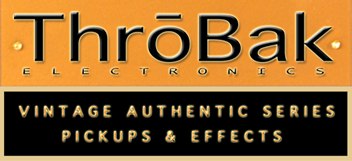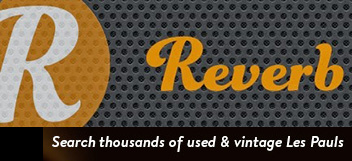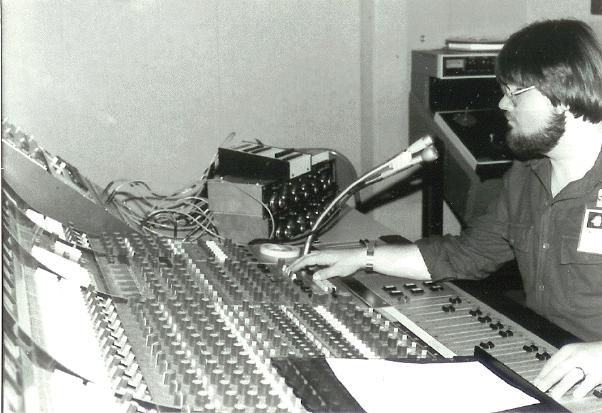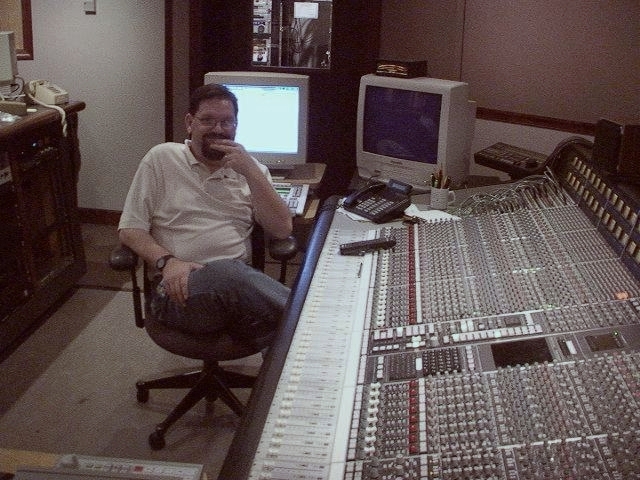Hi All,
First post here... this is more of a post question so hope this is the correct thread.
I recently came across the below clip comparing different mixes of the Allman Brothers Filmore East concert and was shocked how different the original Capricorn release sounds to the later versions.
Can someone shed some light on what treatments could be used in the mix to effect the guitar tone this way? Specifically the Mercury version has a “kazoo” like sounds to the top end that’s not in the original Capricorn (See time stamp #15 in the video description ).
thanks all
First post here... this is more of a post question so hope this is the correct thread.
I recently came across the below clip comparing different mixes of the Allman Brothers Filmore East concert and was shocked how different the original Capricorn release sounds to the later versions.
Can someone shed some light on what treatments could be used in the mix to effect the guitar tone this way? Specifically the Mercury version has a “kazoo” like sounds to the top end that’s not in the original Capricorn (See time stamp #15 in the video description ).
thanks all






